Long Distance Trips - Van Fitness Checks

Updated:
Before you set out on a long journey, you need to make sure your van is fit for it. Actually, these are checks you should do every month or two, in general, but especially before a long journey. These checks are quick and simple, but they're also really important, so do make time for them.
Engine Oil
To properly check your oil level, you need to park on level ground and then leave the engine switched off for at least a couple of hours, so that all the oil can settle in the bottom of the engine, which is where the level check is performed.
1. Locate and pull out the dipstick. The first time you pull it out, it will probably show the wrong oil level, as the oil will have been splashed about inside the engine during your last journey. So, wipe the oil off the dipstick with a clean rag, then push it back into the pipe it came out of.
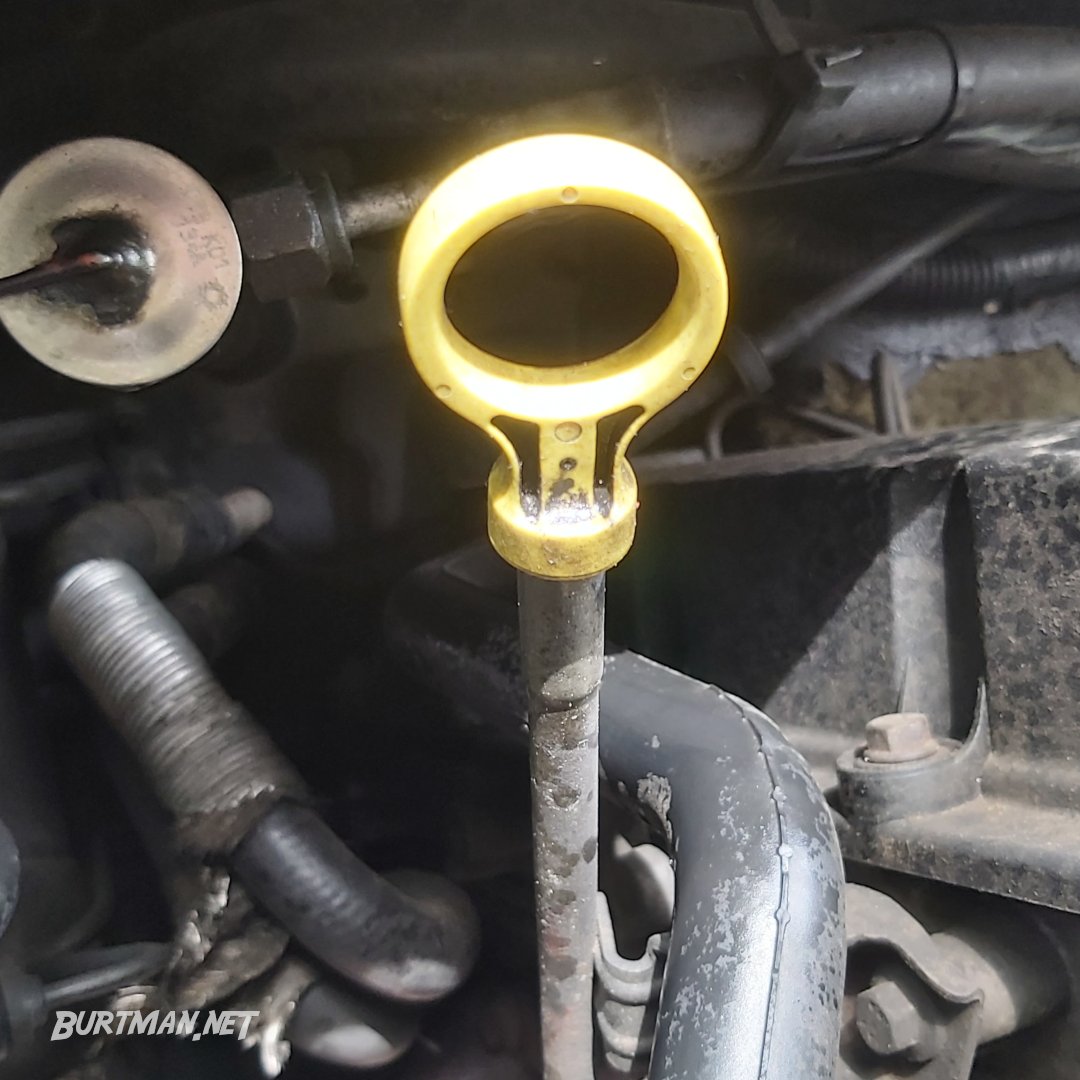
Dipstick
2. After a couple of seconds, remove it again and take a look at the oil level. Near the end of the dipstick, you will see markings that show you the minimum and maximum oil levels. That area that's covered in oil shows you how much oil you have, relative to those limits.
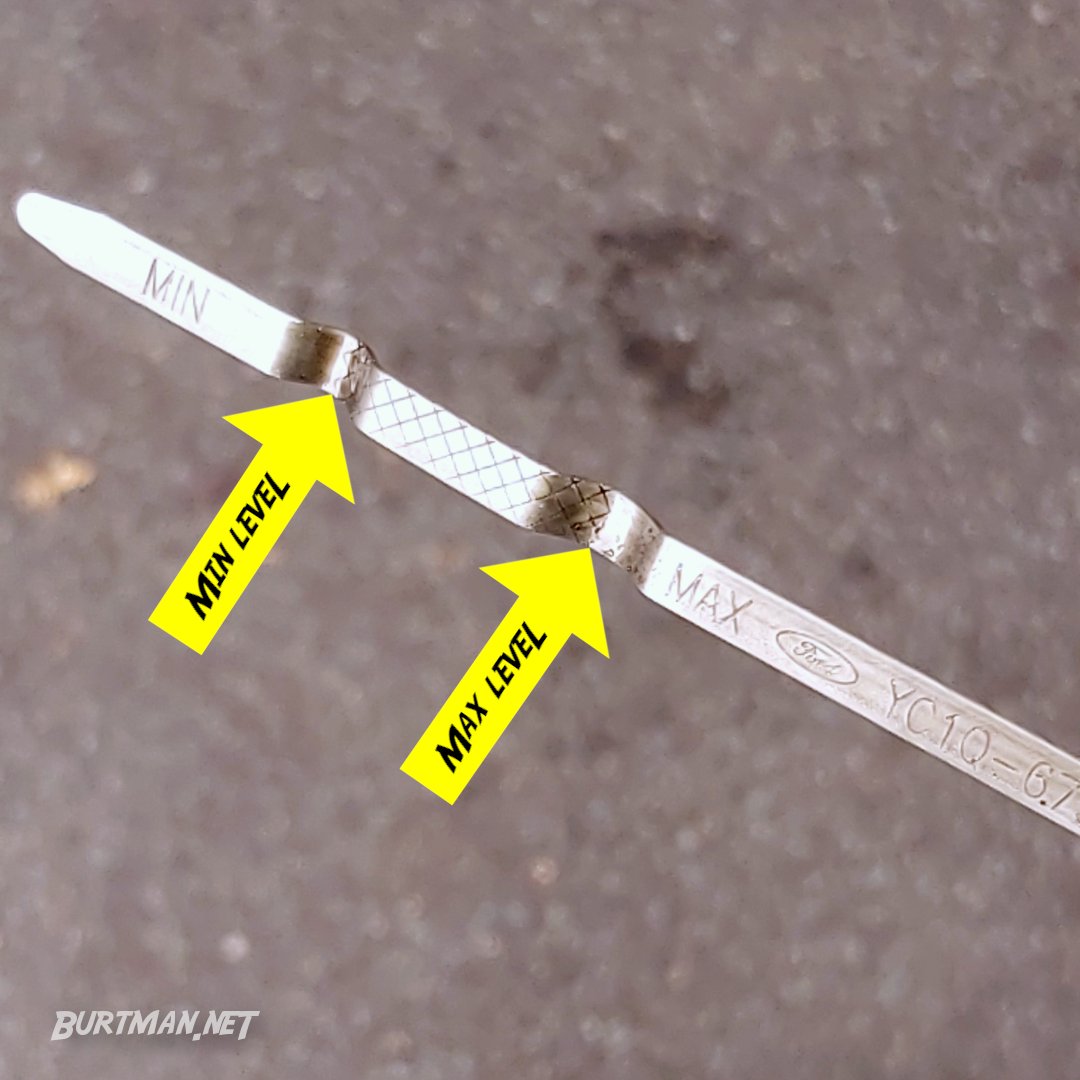
Dipstick level guide
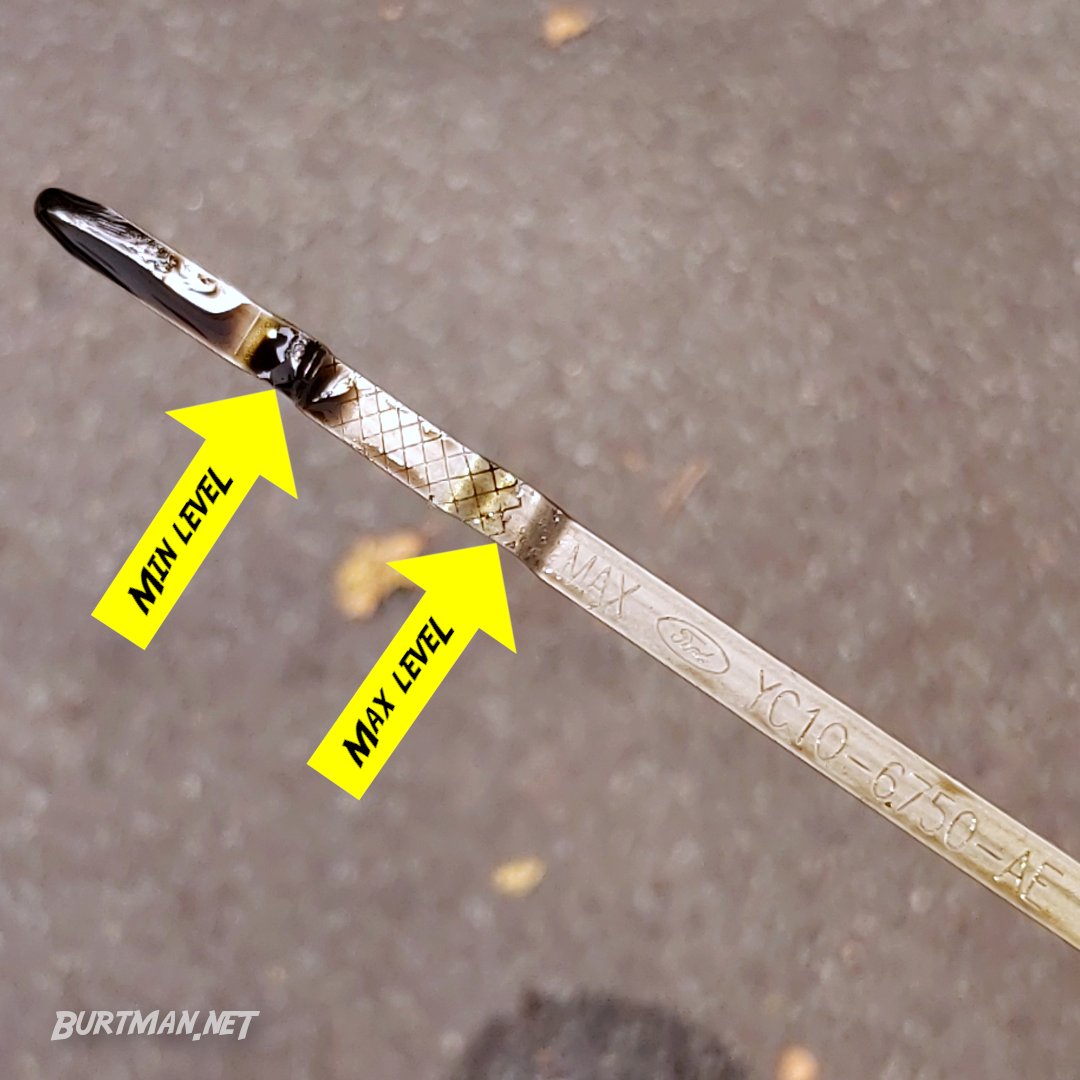
Actual oil level
Too low?
If the oil on the dipstick is near the minimum, or worse, below it, you need to add some engine oil.
See
Too high?
If you're sure you've parked on level ground and left your engine for long enough to get an accurate reading, you may need to drain some oil out.
See
Coolant
See
Brake Fluid
See
Power Steering Fluid
This fluid ensures proper function of the power assisted steering (PAS) system. When the level is too low, steering can become difficult and rough. Keep the power steering fluid level between the markers on the side of the tank.
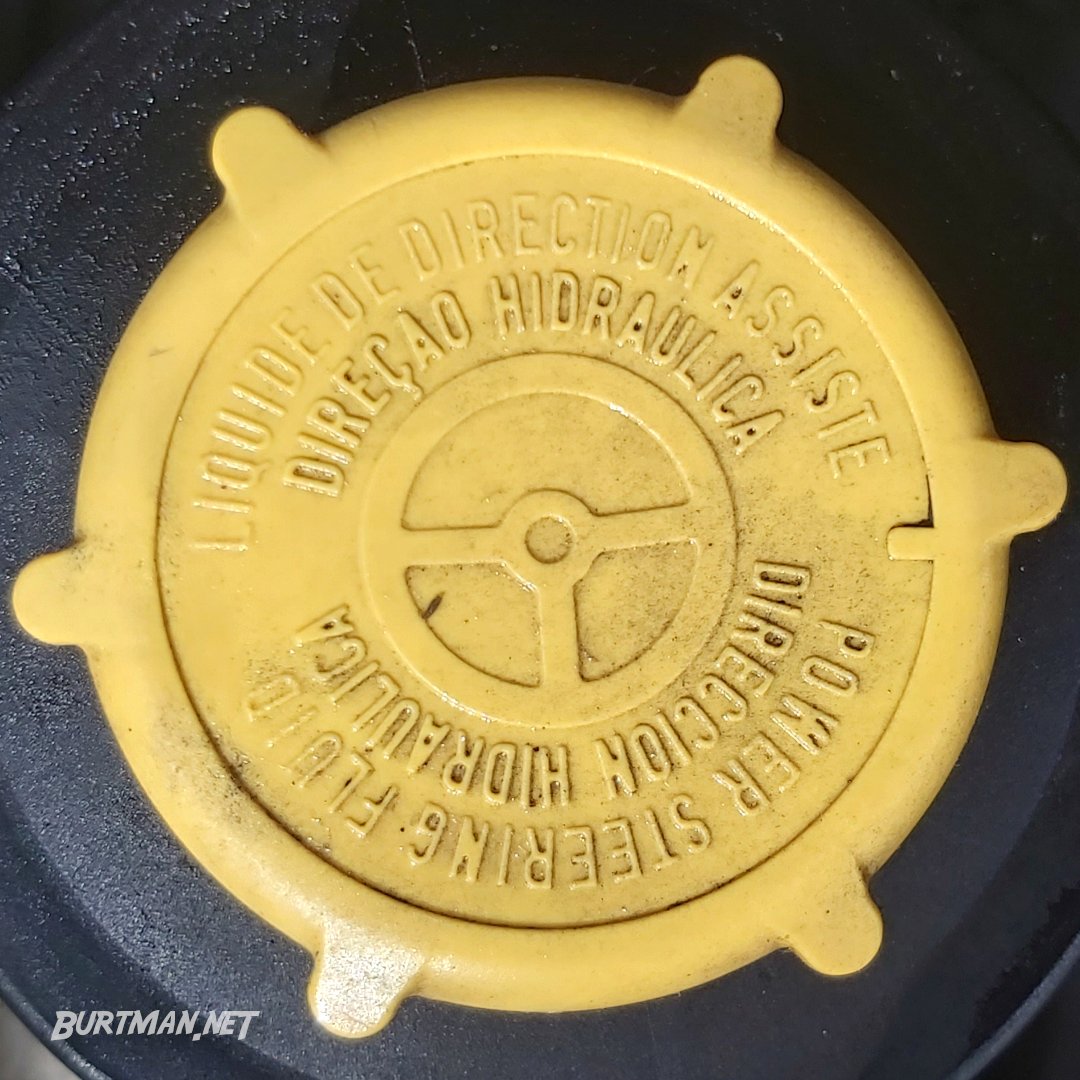
PAS filler cap
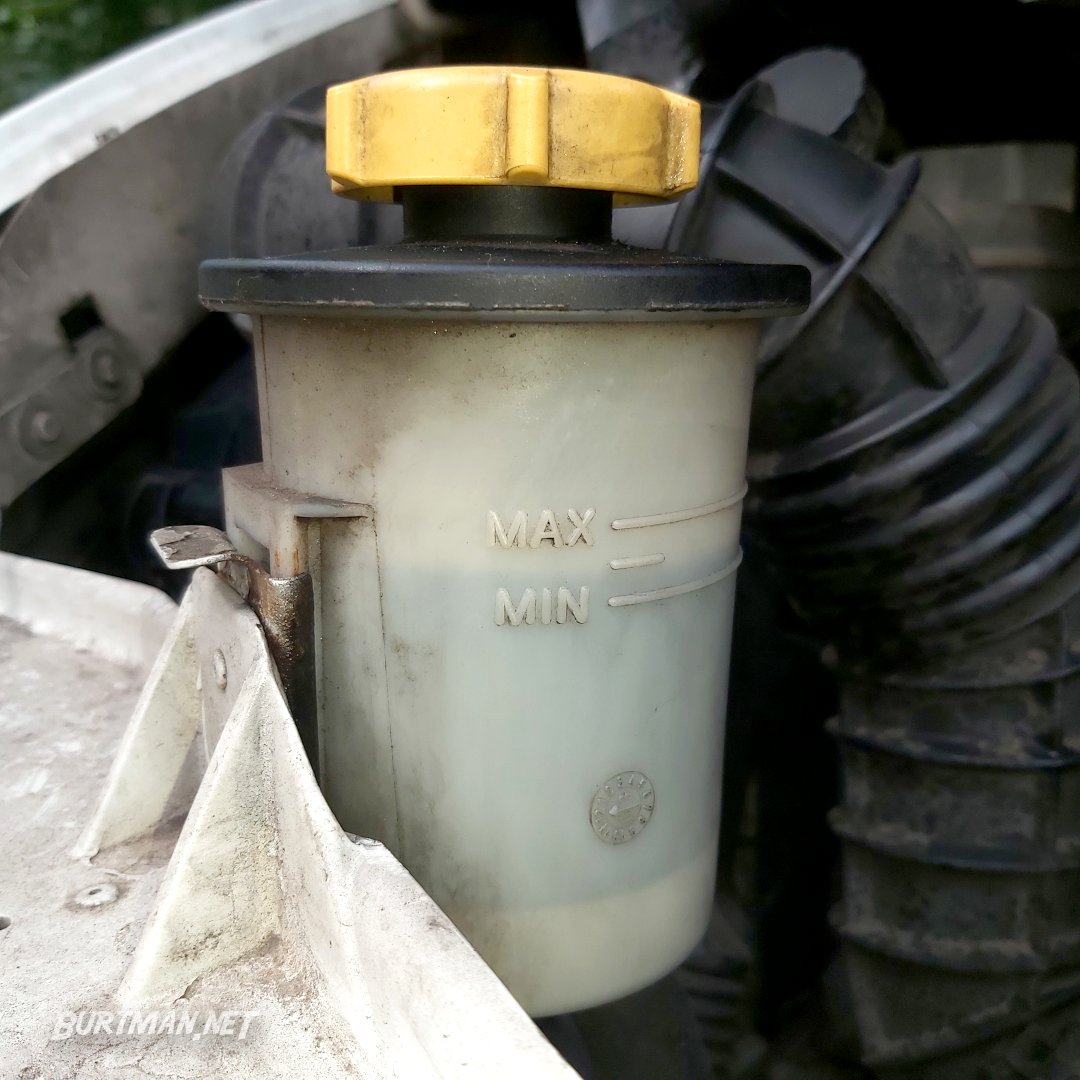
PAS level guide
Screenwash
Don't overlook your screenwash. It might seem less important than the other fluids in the engine bay, but you'll need it when your window gets covered in dust or other contaminants, as it naturally will. The filler cap looks like this:
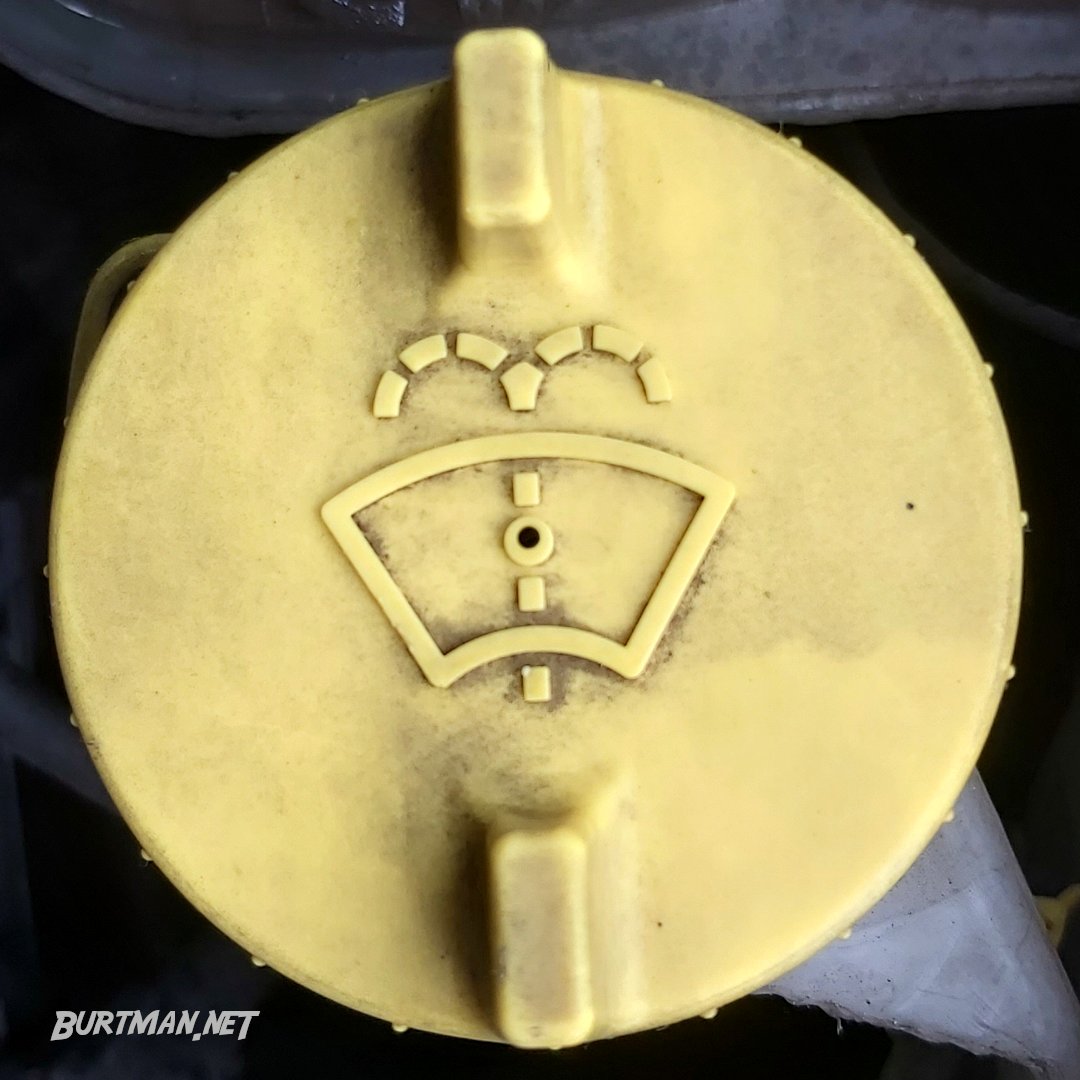
Screenwash filler cap
Just pour water or screenwash fluid into the bottle until you can see that it's almost full. There's not usually a level guide; minimum is none and maximum is can't fit any more.
Tire Pressure & Tread Depth
See my article,




 Before You Set Off
Before You Set Off Read around 1,200 times
Read around 1,200 times For Everyone
For Everyone